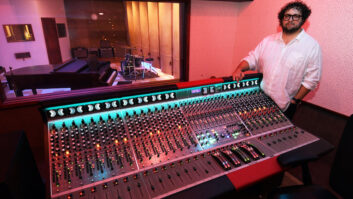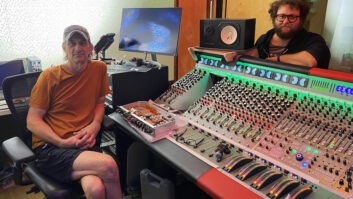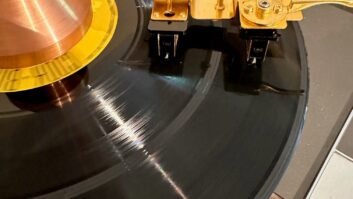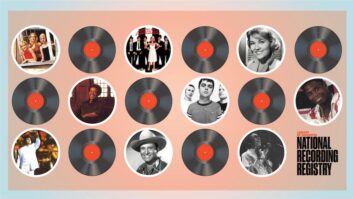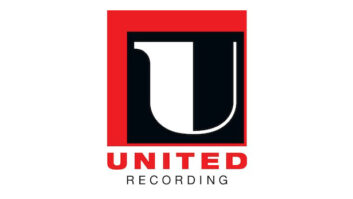Las Vegas, NV (March 22, 2016)—The Rocky movie series began 40 years ago with the original classic boxing film—an underdog flick made for less than $1 million that went on to win Best Picture at the Oscars, establish writer/actor Sylvester Stallone as a major Hollywood force, and kick off a series of six films in total following the Italian Stallion’s life.
This past November saw the release of a new spin-off film, Creed, which was a bona-fide hit, bringing new life to the tale. Throughout the films’ run, music has always played a key part, but the two films—the original Rocky and the new Creed, which debuted on video and streaming services this month, approached their music in vitally different ways.
While Creed features the hallowed character of Rocky, little else from the film dates back to the 1976 original, least of all the approach to recording and mixing music. Back then, composer Bill Conti was budgeted $25,000 total for the original film’s music—that was all-inclusive, having to cover the studio, musicians, engineers, tape and more; anything left over was his payment for the gig.
Needless to say, even rehearsal run-throughs were recorded (and used), and the entire film score—including the iconic “Gonna Fly Now” theme—was recorded in a single three-hour session.
With 2015’s Creed, however, it was a very different story. Swedish composer Ludwig Göransson wrote the score for Creed and veteran audio engineer Chris Fogel recorded and mixed it. Both, as it turned out, used TransAudio Group-distributed ATC SCM25A Pro near-field monitors and A-Designs equipment throughout the process.
“ATC’s reliable clarity, spatial imaging, and clean, extensive high-end are remarkable,” said Fogel. “When I listen on any other monitor and then come back to the ATCs, it’s like someone took a blanket off of things. A cloud lifts, and the ATCs reveal everything. That makes me work harder, but in a good way because I know it means I’m actually getting everything right. And once it’s right on the ATCs, it translates to every other loudspeaker.”
Between his Glendale, California-based Hyperion Sound and the composers of ELBO Studios, Fogel and his associates have three pairs of ATC SCM25A Pros in constant use. on ATC SCM25A Pro monitors.
For Creed, Fogel also used two 2-channel A-Designs Pacifica mic preamps for the percussion section and part of the brass section. “The A-Designs Pacifica is a unique beast, and it would be one of my ‘desert island’ picks if I could only have a few pieces of gear,” he said. “The Pacifica is excellent on instruments with a lot of attack, and it really gets the meat of an instrument.”
Although Fogel calls on the Pacifica preamps when he’s miking a bass instrument, he used the A-Designs Reddi DI for the orchestral basses and for electric basses in the non-orchestral sessions for Creed.
TransAudio Group
www.transaudiogroup.com


